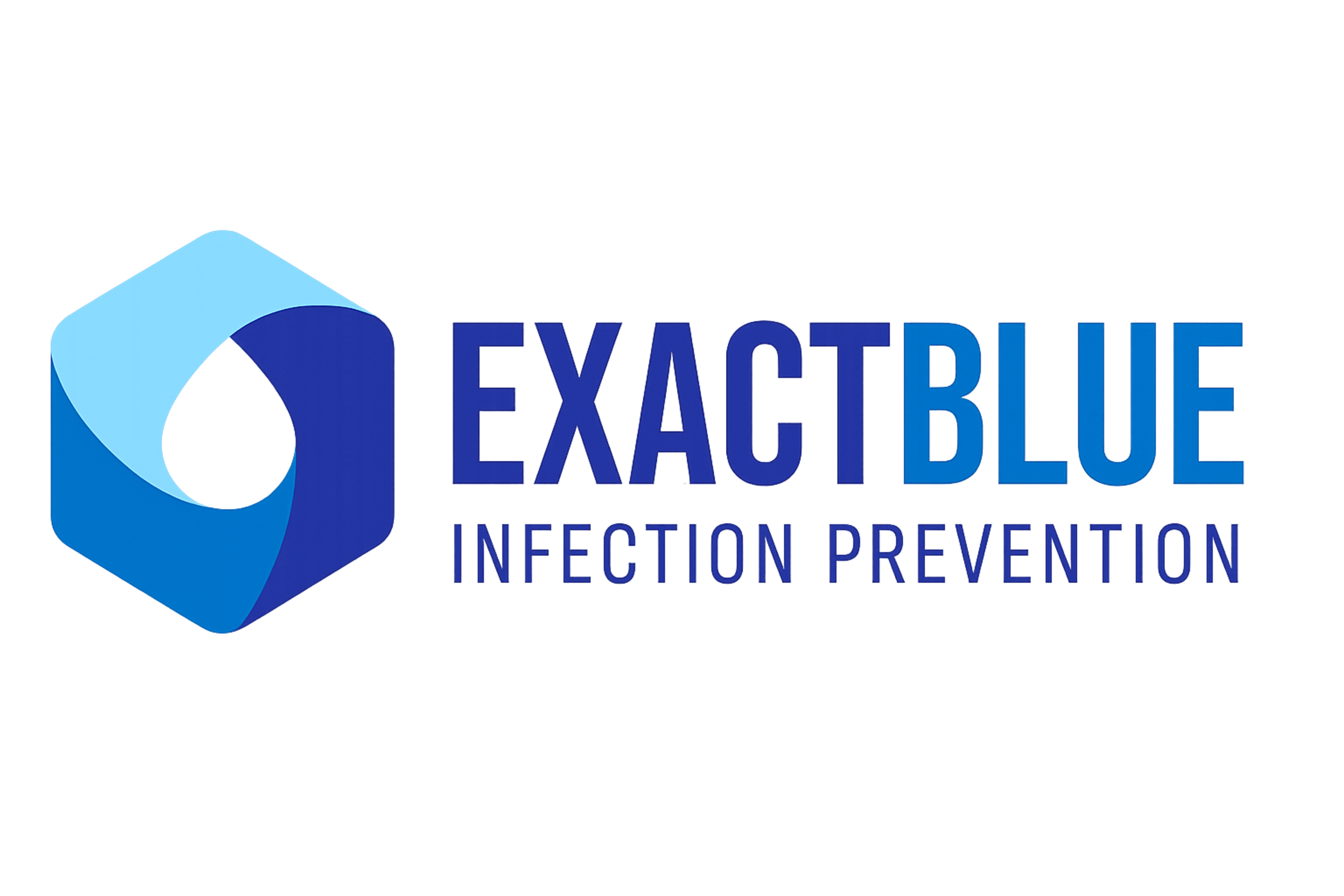Introduction
Over 15 million US households, or over 40 million people, rely on private wells for drinking or otherwise. The locations of domestic wells are unknown; instead, estimations by the United States Geological Survey (USGS) through census variables provide the approximate volume of US residents dependent on wells [3]. The number of domestic well-users varies across US states, with the most users (2.5 million) residing in Michigan. The percentage of domestic well users, however, has been decreasing on a national scale due to numerous reasons; from the population increase in urban areas, to the reduction of household sizes [3]. Nevertheless, a large chunk of the world still relies on well water for their daily water-necessities. Well water quality is not covered by the Environmental Protection Agency (EPA) regulations that safeguard public drinking-water systems. Since homeowners are responsible for maintaining water-quality and treatment of their wells, a great deal of awareness and responsibility is required to maintain a safe water source [1].
Background
Well water is sourced from groundwater aquifers, which are formed when absorbed-rainwater pools in underground pores and spaces above the dense bedrock [1]. Although the US has one of the safest drinking water supplies in the world, sources may still become contaminated through: naturally-occuring chemicals and minerals (e.g. arsenic or radon), local land-use practices (e.g. pesticides, chemicals, and animal overflows), or pollution from other underground operations (e.g. landfills, failed septic tanks, and underground fuel tanks) [1]. The impact of private-well contamination extends outside the household served by the well to nearby households utilizing the same aquifer.
Causes of Outbreak
Private wells can be contaminated both by naturally-occurring sources, and by human activities [2]. Microorganisms like bacteria, viruses and parasites present in human or animal feces can taint water through water run-off, and seepage from nearby waste facilities. These microorganisms can cause gastrointestinal illness and infections when ingested [2]. Nitrite is present in chemical fertilizers, human sewage and animal waste, and can enter well-water through groundwater-seepage or water run-off. This contaminant is especially dangerous for infants (causes “blue baby syndrome”), as it rapidly reduces their bodies’ abilities to carry oxygen and results in serious illness or death [2]. Organic chemicals from pesticides, inks and dyes, pharmaceuticals, and other household products can contaminate private wells through waste disposal site spills and water run-off. Consumption of such chemicals in large amounts causes kidney, liver, circulatory system, and reproductive system damage [2].
Testing
Water-quality indicators (WQIs) are parameters in water that may indicate the presence of disease-causing organisms. These WQIs include total coliforms, fecal coliforms, and pH. Furthermore, some common contaminants of concern are nitrate and volatile organic compounds (VOCs) [1]. At a minimum, wells should be tested annually for the above WQIs and contaminants, and also for mechanical issues. Well water should also be tested if:
- a local contaminant of concern has emerged,
- problems have occurred in the area which could contaminate well water (i.e. flooding, land disturbances, nearby waste disposal sites),
- a part in the system has recently been replaced or repaired, or
- a change in water quality has arisen (i.e. taste, colour, or odour) [1].
ExactBlue Technologies Inc. offers well-water tests for these WQIs, which provide quick and accurate results that are easily-interpretable for homeowners. Armed with the ExactBlue test result, homeowners can formulate a plan to treat their water, or to reach out to local laboratories for further testing if necessary.
References:
[1]httpss://www.cdc.gov/healthywater/drinking/private/wells/index.html
[2]httpss://www.epa.gov/privatewells/potential-well-water-contaminants-and-their-impacts
[3]httpss://ca.water.usgs.gov/projects/USGS-US-domestic-wells.html
